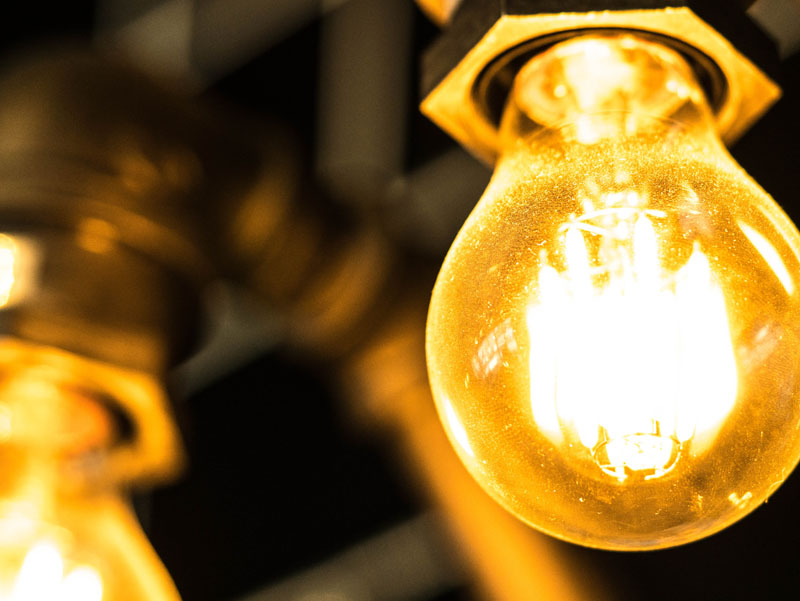Are you interested in taking stunning night photos but unsure about how to use shutter speed to your advantage? Look no further! In this article, we will cover everything you need to know about using shutter speed for night photography, including the benefits and drawbacks of different shutter speeds, examples of successful night shots taken with various shutter speeds, and answers to frequently asked questions about this important camera setting.
What is Shutter Speed and How Does it Work in Night Photography?
In photography, the shutter speed refers to the amount of time that the camera’s shutter remains open to allow light to reach the film or image sensor. Shutter speed is typically measured in fractions of a second, such as 1/60th of a second or 1/1000th of a second.
In night photography, the shutter speed can greatly affect the final image. By using a slow shutter speed, you can capture the movement of light over a longer period of time, which can create interesting effects such as light trails from cars or a dreamy, ethereal quality to the image.
On the other hand, using a fast shutter speed will freeze action and capture a brief moment in time, which can be useful for capturing sharp, clear images of stationary objects in low light conditions.
The Benefits and Drawbacks of Slow Shutter Speeds in Night Photography
One of the main benefits of using slow shutter speeds in night photography is the ability to capture light trails and other types of movement. This can add an extra layer of interest and drama to an image and can result in some truly striking photos.
For example, a photo of a cityscape with light trails from passing cars can look much more dynamic than a static shot of the same scene.
However, there are also some drawbacks to using slow shutter speeds for night photography. The most significant of these is the risk of camera shake, which can result in blurry, unsharp images.
This is because the camera needs to be held steady for a longer period of time while the shutter is open, making it more difficult to keep the camera steady. To mitigate this risk, it is important to use a sturdy tripod and possibly a remote shutter release or self-timer to take the photo.
The Benefits and Drawbacks of Fast Shutter Speeds in Night Photography
While slow shutter speeds can be useful for capturing movement and light trails, fast shutter speeds have their own set of benefits in night photography.
One of the main advantages of using fast shutter speeds is the ability to freeze action and capture sharp, clear images in low light conditions. This can be particularly useful for capturing images of stationary objects, such as architecture or landscapes.
However, using fast shutter speeds in night photography also has some drawbacks. One of the main limitations of fast shutter speeds is that they do not allow as much light to enter the camera, which can result in darker, less well-exposed images.
This can be mitigated by using a wider aperture or higher ISO, but this can also introduce other issues such as increased noise or a shallower depth of field.
Examples of Successful Night Shots Taken with Different Shutter Speeds
Here are some examples of using different shutter speeds at night.
Slow Shutter Speed: Light Trail Photography
By using a slow shutter speed, it is possible to capture the movement of light over a longer period of time, creating interesting effects such as light trails. For example, the photo below was taken with a shutter speed of 30 seconds, allowing the light trails from the cars to be captured and adding a dynamic element to the photo.
Fast Shutter Speed: Capturing Stationary Objects in Low Light
On the other hand, fast shutter speeds can be used to freeze action and capture sharp, clear images in low light conditions. For example, the photo below was taken with a shutter speed of 1/1000th of a second, allowing the photographer to capture a sharp image of the stationary fireworks despite the low light conditions.
Using Shutter Speed for Night Photography FAQ
Here are some frequently asked questions on using different shutter speeds at night.
What is the best shutter speed for night photography?
The best shutter speed for night photography will depend on your specific goals for the photo. If you want to capture light trails or other types of movement, a slow shutter speed will be more effective. On the other hand, if you want to capture a sharp, clear image of a stationary object in low light conditions, a fast shutter speed may be more suitable.
Can I use a high ISO with a slow shutter speed for night photography?
Using a high ISO can help to increase the sensitivity of the camera’s image sensor, allowing you to use a slower shutter speed while still capturing a well-exposed image. However, it is important to keep in mind that increasing the ISO can also introduce noise into the image, which may not be desirable.
Can I use a tripod with a fast shutter speed for night photography?
While a tripod is generally more important for night photography with slow shutter speeds to reduce the risk of camera shake, it can also be useful with fast shutter speeds. This is especially true if you are using a long lens, which can be more prone to camera shake due to the increased magnification. Using a tripod can help to ensure that your images are as sharp as possible.
Conclusion:
In conclusion, shutter speed is a crucial setting for night photography and can greatly affect the final image.
By understanding the benefits and drawbacks of different shutter speeds, you can choose the best setting for your specific goals and create stunning night photos.
Whether you want to capture light trails and movement with slow shutter speeds or freeze action with fast shutter speeds, it is important to consider the trade-offs and choose the setting that best meets your needs.


